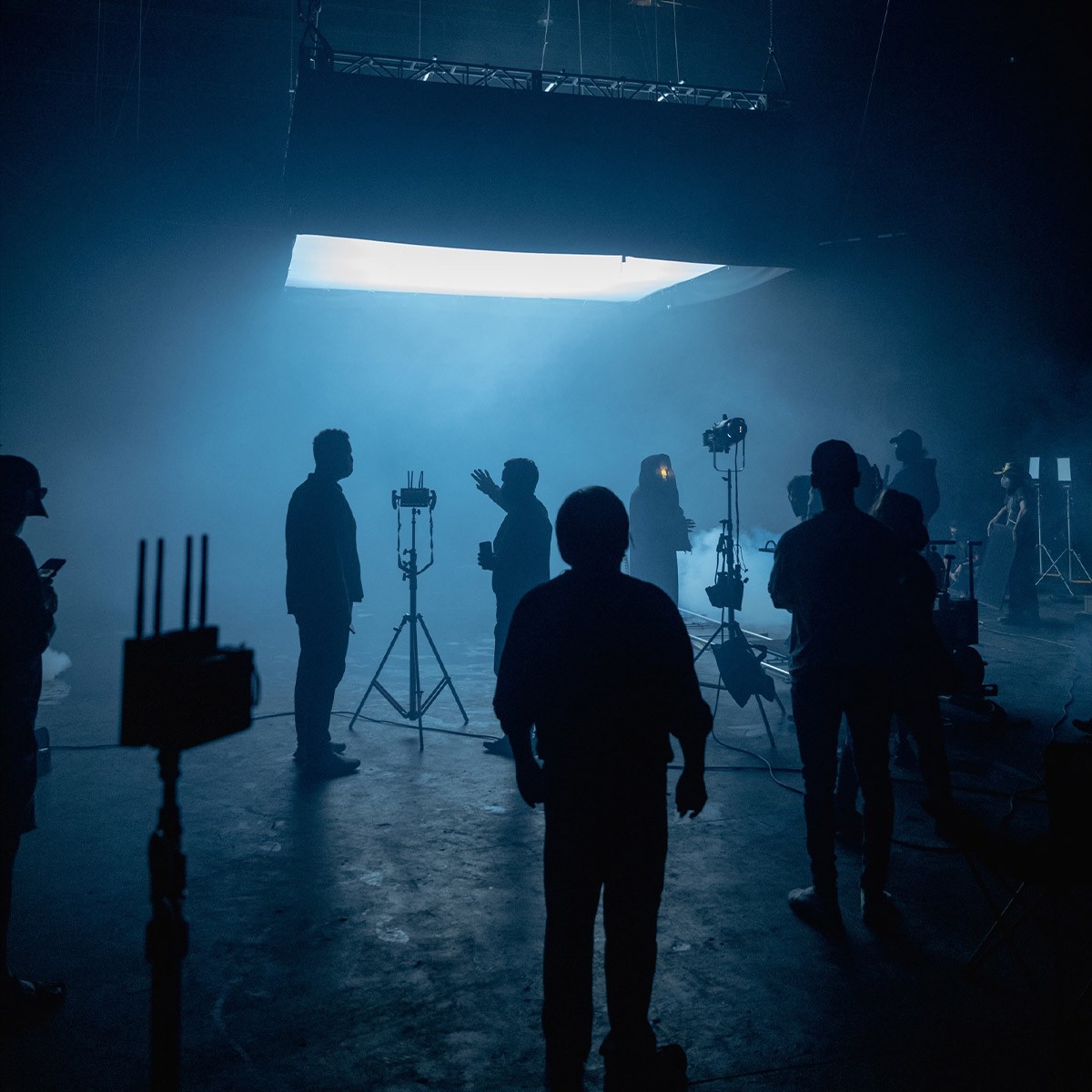Costume and Wardrobe Department
Film Crew Position: Wig Designer

What does a Wig Designer do?
A Wig Designer is a specialized artist within the film industry, responsible for the design, creation, and styling of wigs used by actors on screen. This position falls under the Costume and Wardrobe Department and is essential in transforming actors into their characters, especially when historical accuracy, fantasy elements, or period-specific hairstyles are involved. Wig Designers collaborate closely with directors, costume designers, and make-up artists to ensure that the hairpieces accurately reflect the film's setting, tone, and character development.
What role does a Wig Designer play?
The primary role of a Wig Designer involves conceptualizing and crafting custom wigs that suit the narrative and visual aesthetic of a production. This includes researching period styles, sketching designs, selecting appropriate materials, and constructing the wigs. The Wig Designer also maintains these hairpieces throughout the filming process and may be on set to style them according to the demands of different scenes. Additionally, they are responsible for fitting wigs to actors, making alterations as needed, and ensuring that each wig can withstand the rigors of the production environment.
Do you need to go to college to be a Wig Designer?
A formal college education is not always mandatory to become a Wig Designer, but it can be beneficial. Many professionals in this field hold degrees or have taken courses in cosmetology, theatrical makeup, fashion design, or fine arts. However, extensive hands-on experience, an apprenticeship, or specialized training in wig making and hair styling are often considered more critical. A portfolio showcasing previous work and the ability to demonstrate a thorough understanding of hair types, period styles, and wig construction techniques may suffice for those seeking to enter this profession.
What skills do you need to be a Wig Designer?
To excel as a Wig Designer, an individual must possess a combination of creative and technical skills. Proficiency in styling, coloring, and cutting hair is paramount, as is an understanding of different wig-making materials and techniques. Artistic ability to visualize and execute complex designs is crucial. Additionally, strong communication skills enable effective collaboration with the rest of the production team. Time management and problem-solving skills are also essential, as Wig Designers often work within tight deadlines and must address any hair-related issues that arise on set. Adaptability and attention to detail ensure that each wig contributes seamlessly to the visual narrative of the film.
New to filmmaking?
Get Free Template
Use our budget template to get a kick start on your film project. Get access to dozens of templates no matter what type of project!
